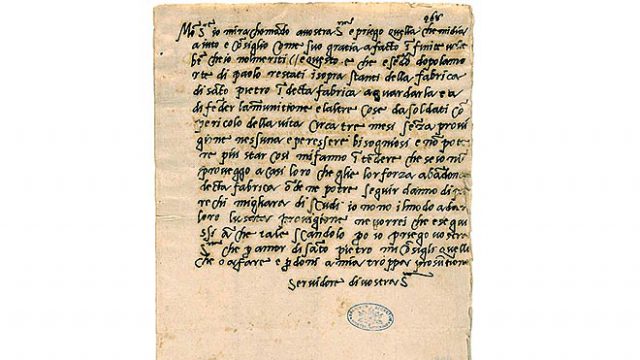Created in AD 1119 in Medieval Western Europe to protect pilgrims on their journeys, the Order of the Knights Templar or the warrior-monks could pass freely through borders, owed no taxes, and were subject to no authority but the Pope. They issued letters of credit to pilgrims, who would visit a Templar house in their home country, deposit their deeds and valuables, for which the Knights would give them the letter describing their holdings, only to ‘withdraw’ funds later at other Templar houses.
The first travellers cheques as we know them were issued by the London Credit Exchange Company in 1772. They were valid in ninety European cities.
In 1872, Thomas Cook conducted the first round-the-world tour, and realized that people found it difficult to adapt to the change of currencies. So, in 1874, Cook created the ‘circular note’, initially available in notes of £5 and £10.
The circular note later became known by American Express’s brand, ‘Travellers Cheques’ but it was only in the late 1800s that they were popularized on a large scale. It made AmEx the largest issuer of travellers cheques to this day.
The cheques per se are dying out but for ready cash abroad you can now buy prepaid currency cards that let you withdraw local currency as well.




